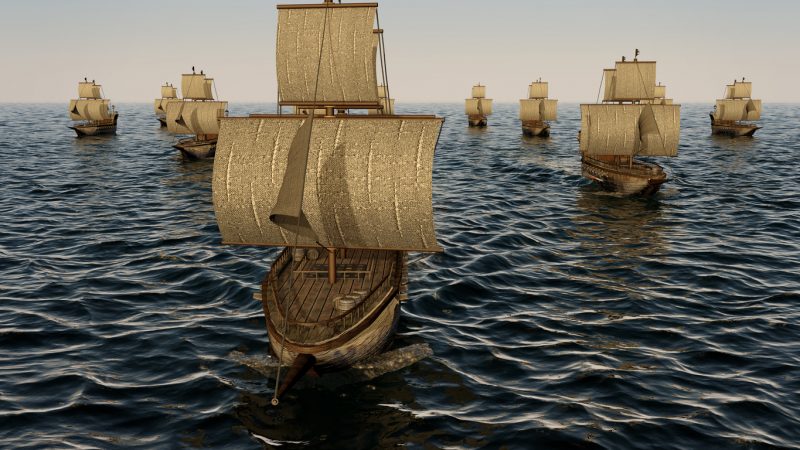Like Urban II and Innocent III, Pope Pius V sought to be a caller of crusades. The Ottoman Empire loomed over the fragile Catholic states that were struggling to keep their grips in the Mediterranean Sea. It was more important than ever to show a united religious front.
To the north, the Reformation begun by Martin Luther had created a violent schism within the Christian world. To the east was the growing power of Islam under the Ottoman Turks.
Though religious warfare was already taking place in Europe, Pius V believed that by uniting the states still loyal to the church he could restore order within the chaos of changing times. Defeating the Turks in a holy clash of arms, he hoped, would be the beginning of piecing the world back together again.
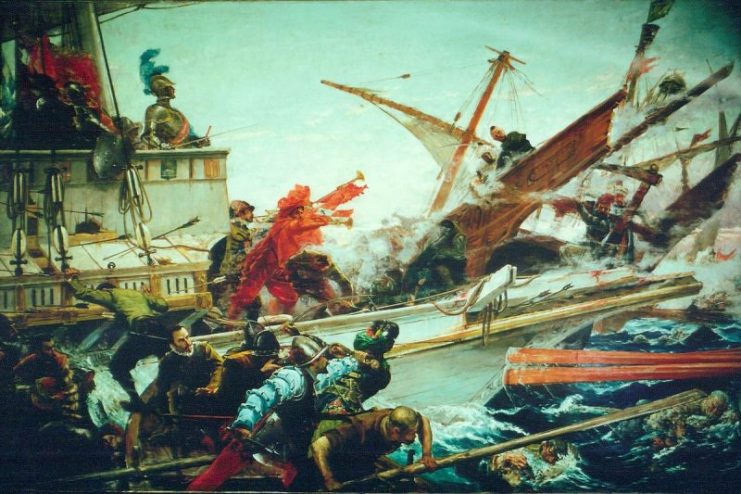
The European powers he needed were varied in their intentions, ambitions, and capabilities. Deep political ties had already been formed between the Catholic Kingdom of Spain and the Holy Roman Empire of the Habsburgs in Austria.
But between them was the merchant empire of Venice, an independent state whose goals often conflicted with the other nations doing business within the Mediterranean. Italian city-states held strong alliances with these formidable nations, and island territories under European rule existed as valuable trade hubs to the Levant.
Beyond the blood ties between Spain and Austria, the only common causes these various states could be rallied under were Catholicism and the threat posed by the Ottoman Empire.
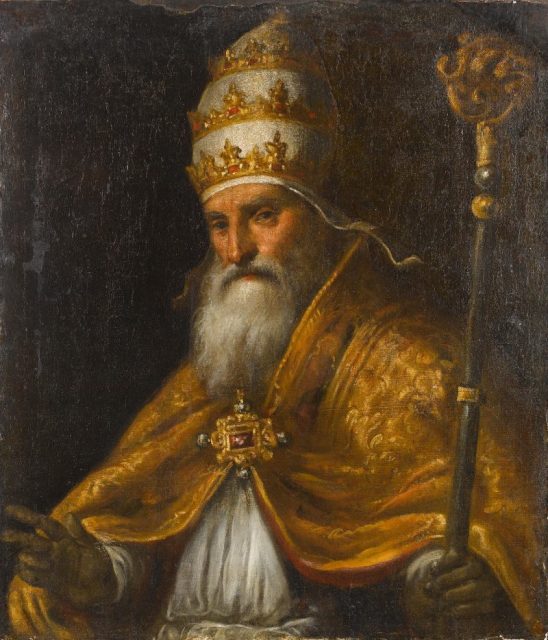
Even if Pius V could form a lasting alliance between these countries, the problems of Protestantism and a European economy on the brink of bankruptcy would mean that resources and allies would be in short supply.
Spain and Venice had managed to retain their wealthy trade routes by controlling the western Mediterranean, but the Ottoman Empire’s powerful presence in the east meant that the sea had effectively been cut in half.
The Kingdom of Spain under Phillip II, however, was already beginning to reap the benefits of trade to the New World. The wealth they were amassing was quickly making them a dominant figure on the world stage.
But fresh wounds from the Reconquista only a century before were beginning to show themselves amongst the diverse religious and ethnic populations of the Iberian Peninsula. This, along with a rebellion in the Spanish-controlled Netherlands, kept Phillip II very busy.
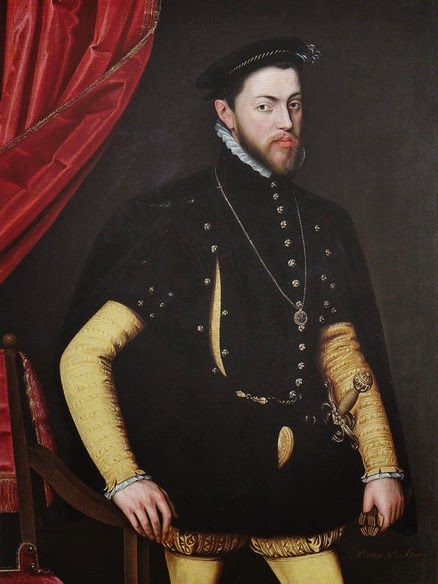
Still, Spanish ambitions in North Africa had already led them to open conflict with the Ottomans at the island of Djerba in 1560. A Christian force consisting of 47 galleys, oar-powered warships resembling ancient Greek triremes, and around 12,000 men had managed to seize the island without a fight.
However, after 22 days, the Turks arrived with 85 galleys of their own to retake Djerba. The subsequent battle was a catastrophe for Phillip II. The defeat highlighted a naval superiority of the Ottoman Empire that was beginning to extend its reach to the Atlantic.
Fearing more misfortunes at sea, Spain quickly began building an even larger fleet to protect their interests in the west. Calling on their Italian and island allies (Malta, Genoa, Florence, and Savoy), they began construction of a great fleet that would be necessary for their survival.
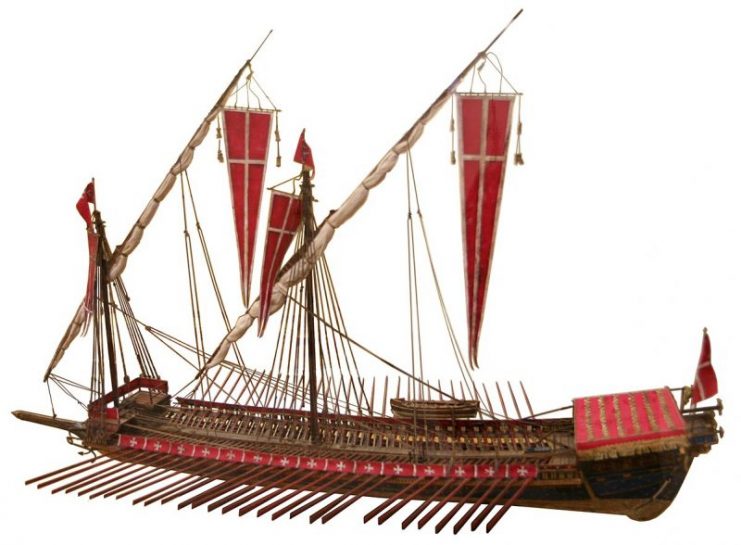
Tensions would reach breaking point in 1565. A large Ottoman fleet had been seen near Constantinople. It was obvious that its purpose was to launch a full-scale campaign within the Mediterranean. On May 18, it landed on the island of Malta, home of the Knights of St. John, with a force of 23,000 men.
Even though the Grand-Master of the Knights of Malta, John de la Valette, had less than 9,000 soldiers at his command, they managed to stave off multiple assaults from the Turks. From their defensive position at the fortress of Il Burgo, they held the island for another four months while they waited for relief from their Christian allies.
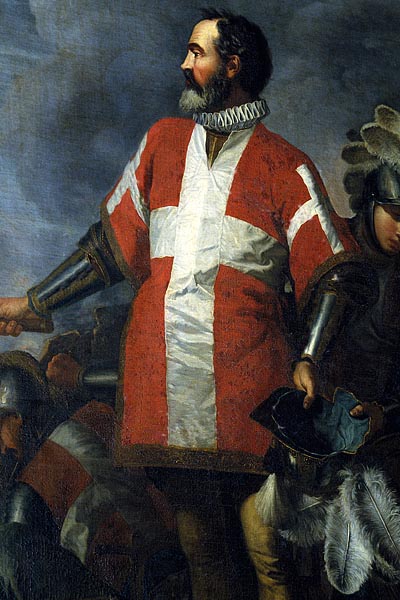
Though the Spanish fleet had been slow to move, they finally arrived at Malta on September 7, causing the Turks to break their siege and depart.
Spain’s show of force had been substantial enough to demonstrate their growing military prowess at sea. Sulaiman the Magnificent, Sultan of the Ottoman Empire, turned to waging war on land in response.
By 1567, however, this war would end in a grueling stalemate with the Holy Roman Empire. The Hapsburg-Austrian Emperor Maximillian II had managed to hold the tide of Sulaiman’s invasion in Hungary. A year later, a treaty guaranteeing an eight-year truce was signed.
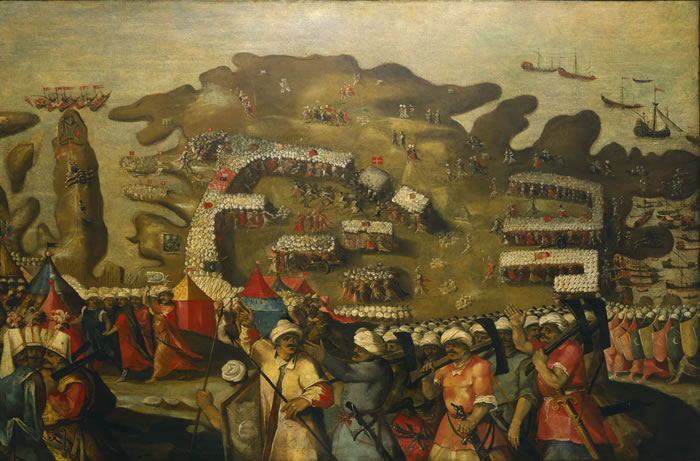
This brokered peace meant that one of Pius V’s greatest allies would no longer be able to join his holy venture against the Ottomans.
Constantly war-weary, the Holy Roman Empire found breaks in their battles with the Turks few and far between. The battlefield would need to be shifted to another front, and the seas offered the greatest opportunities for both sides.
Phillip II’s victory at Malta had made him a champion of Christendom. His new position as a defender of the faith, along with his powerful fleet, made his country the leader in the fight against the Ottoman Empire.
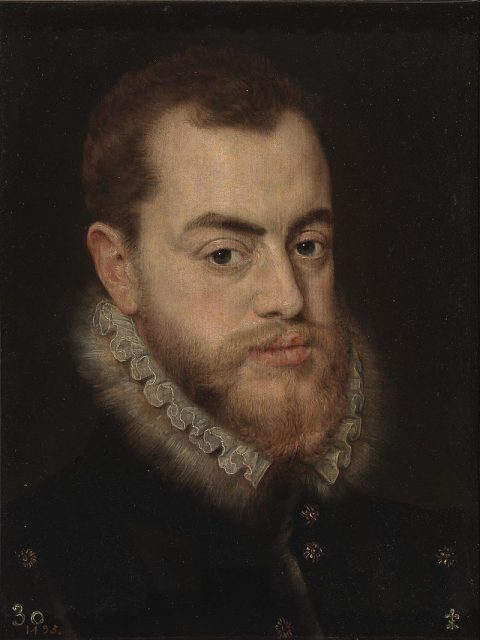
After fiercely suppressing revolts in Granada and the Netherlands, Spain was in the best condition it could be to assume this role and use their military might for Pius V’s ambitions.
While this lull in conflict seemed to provide the opportunity needed for the Christian nations to unite and push the Ottoman Empire back, the varying goals of Spain, Venice, and their Italian allies meant forming such a pact a continuously difficult venture.
Even when the Turks landed on the island of Cyprus in 1570, a trading post controlled by Venice, it still seemed impossible to placate the needs and wishes of these nations to a point where they might finally be brought together.
The invasion of their territory had forced the Venetians to capitulate, but Phillip II, reluctant to send his fleet to its potential doom, demanded that his kingdom should take the commanding role in the inevitable battle to come.
In May of 1571, after all parties were satisfied, the Holy League was finally formed. At the helm of this armada they would place Don John of Austria, Phillip II’s half-brother as well as his best and most successful commander.
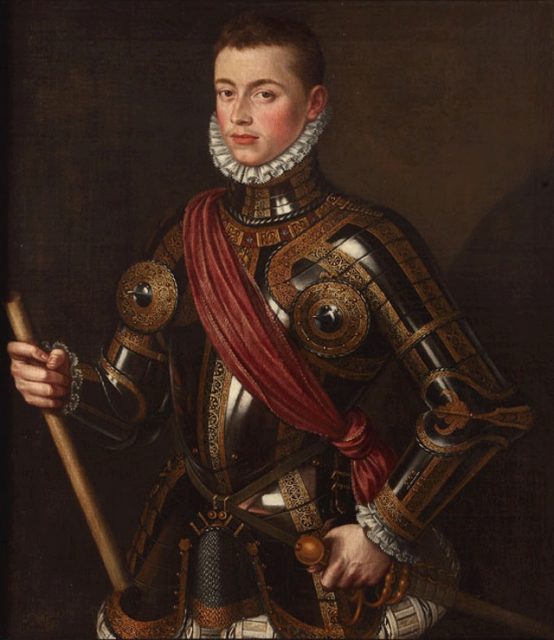
When the fortress of Famagusta on Cyprus finally fell to the Ottomans in August of the same year, the fleet of the Holy League was still struggling for a purpose as they remained anchored off the coast of Sicily.
Don John, discontent with the passive position the alliance appeared to be taking, decided to go on the offensive and catch the Turkish fleet in the eastern Mediterranean. Setting off towards Corfu in the Ionian Sea, they quickly caught wind that the Ottomans had anchored in Greece, deep within the Gulf of Corinth at the town of Lepanto.
Though the questions of how to proceed were vigorously debated by the leaders of the Holy League, the charisma and tact of Don John would convince them to push forward and attack.
Flanked by the rocky shores of the strait, both fleets drew up their galleys in a line to face each other. Both sides had brought over 200 ships and around 30,000 soldiers, though the Holy League still found themselves outnumbered by the Turks in total.
Don John placed his flagship, the Real, in the center of the formation, but soon moved to a faster galley at the front to keep order and maintain organization as they pressed onwards.
Like the triremes of old, galleys relied on their rowing and ramming power. They carried heavily armed soldiers to board enemy ships. But while this antiquated style of naval warfare still reigned supreme, the Venetians had brought a secret weapon: a new type of ship that would deliver a taste of the future.
Four galleasses, enormous ships packed with cannons on a gun deck, were deployed at the front to barrage the Ottoman fleet. These ships were the predecessors of the Ship of the Line, and their ingenious design would drastically change the nature of war at sea.
As the fleets began to close, the massive vessels unleashed the might of their weaponry, pounding away at the Turkish galleys in the center.
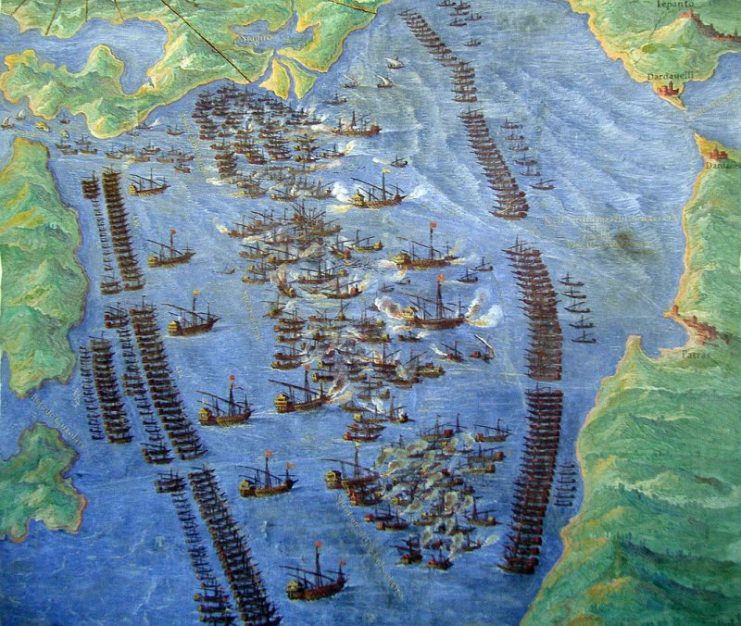
The Ottomans began to gain an advantage on the flanks as they attacked the Venetian and Italian galleys of the Holy League’s wings, but the Spanish center led by Don John would ultimately determine the outcome of the battle.
As the ships rammed one another and sailors boarded enemy vessels, a floating and chaotic battleground was created upon the decks of the galleys. Though the Ottoman soldiers were known for their formidability in war, they were unprepared to contend with the novel military innovations the Spanish and their allies now employed.
Soldiers of the Holy League, mostly armed with arquebuses and muskets, were able to decimate the archers deployed by the Turks. The devastating impact of cannon fire was wielded effectively by well-trained troops of Spain and Venice. They had brought around 1,800 guns, more than twice the number of guns than their opponents.
Ill-prepared and out-gunned, the Ottoman galleys began to sink below the waters or fall into the hands of the Holy League.
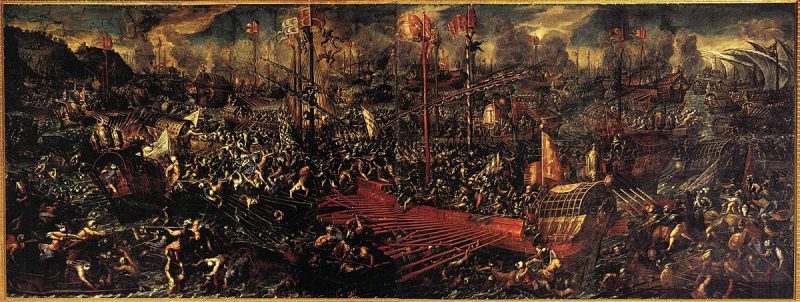
By the time Don John’s flagship met with that of Ali Pasha, the commander of the Ottoman fleet, considerable damage had already been dealt to the Turkish leader’s ship. Don John ordered his troops to board. After several attempts, they overtook the vessel and killed Ali Pasha.
As crosses began to replace crescents over the swath of galleys caught within the maelstrom, it was becoming increasingly clear that the Holy League had won. Euldj Ali, the commander of the Ottoman left, attempted one last flanking maneuver against the Christian fleet but was quickly run off by the Spanish galleys kept in reserve.
For Pius V, the results of Lepanto were a culmination of everything he had dreamed of and more. Christianity had been reunited and had struck a crushing blow against the Turks. But while the Christian world was bolstered by the victory, the ability to capitalize on this success was less fruitful.
Each nation returned to pursuing their own ambitions. Don John’s dream of retaking Constantinople and Jerusalem was crushed as the members of the Holy League returned to their differing interests.
Spain returned to North Africa while Venice, in a desperate attempt to maintain its valuable trade routes, revoked its claims to Cyprus in return for a fragile peace with the Ottoman Empire.
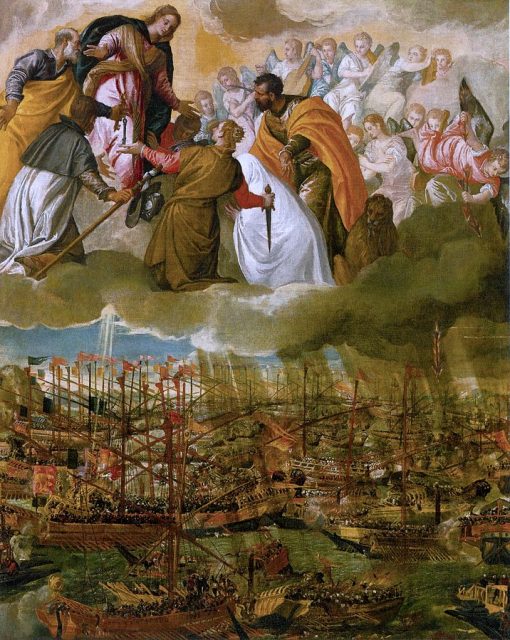
Though one of the largest naval engagements of all time, the Battle of Lepanto did little but secure an already tedious stalemate.
There was little profit anymore, ideologically or monetarily, in waging war against each other. The Ottoman Empire was a vast and wealthy nation, and while the Holy League had struggled to amass a fleet strong enough to challenge them, the Turks had lost a force that could easily be replenished.
Victory for the Christians had meant survival; Ottoman defeat meant stagnation. For the moment, though, it was enough for both sides to stop and assess their positions in the world.
The war between Christianity and Islam was beginning to be overshadowed by more pressing problems at home. In their wars against each other, they had largely lost sight of their own people.
Lepanto, if anything, was a lesson in the futility of war, though it would hardly be presented this way. For the church, it was a holy victory against the infidel, a step towards restoration and the preservation of a world that seemed to be slipping through their grasp.
Read another story from us: The Battle of Lepanto – Holy War or Economics?
Civil disruption and religious insurrection were spreading rapidly throughout Europe and the Middle East. Gradually, they turned within to address the mounting pressure being put upon their societies.
In the end, it would take another century of vicious and brutal warfare before the Wars of Religion would come to a close. As the people of Europe became worn and cynical from the destruction caused by religious ideology, they began to turn towards science and philosophy for answers, eventually giving way to the Age of Enlightenment.
